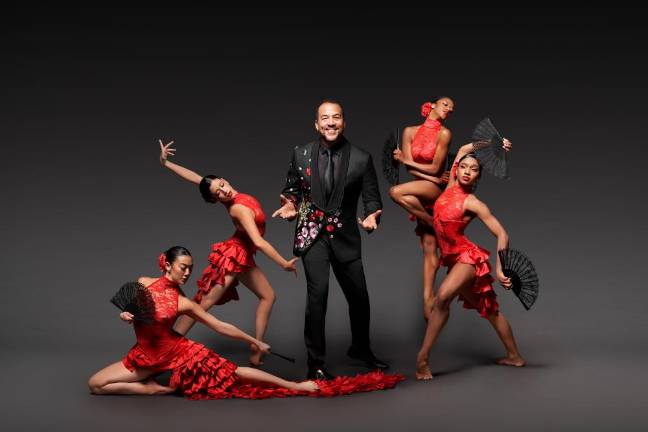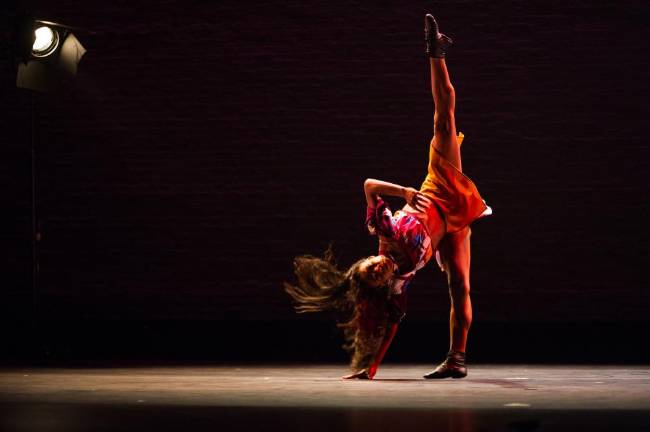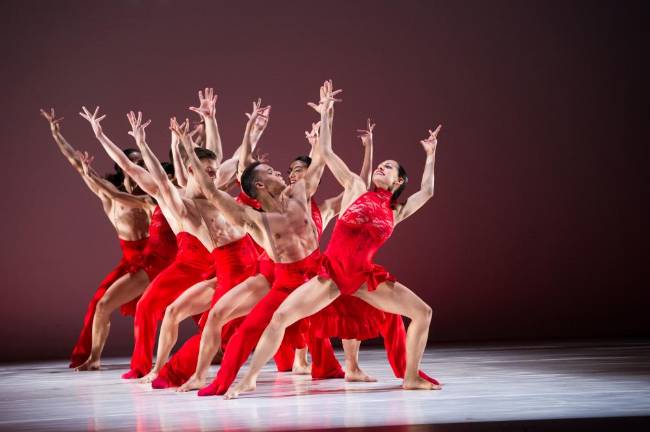Ballet Hispánico Returns to the Stage
How the company stayed connected to the Latinx community during the pandemic
There’s dance - lots of breathtaking dance - at Ballet Hispánico, the renowned New York City dance company and school that made its home on the Upper West Side of Manhattan over 50 years ago. But there is so much more. At its core, it is a cultural organization, deeply attached and committed to being a voice and support for the Latinx community it represents, and having, by all indications, that commitment equally reciprocated by those it serves.
Founded by dancer and educator Tina Ramirez in 1970, Ballet Hispánico aimed to use the arts as a means to transform lives in the Latinx community; to provide a safe space to dance and learn and share, filling a much-needed void for working artists and students to grow. The company has stayed close to its roots.
“When the pandemic hit, we realized that we are such a visible and representative connector for our community, that we immediately needed to figure a way of staying connected; not only to give support, but also to give our community perseverance,” Artistic Director and CEO Eduardo Vilaro shared in a recent interview.
To ensure seamless communication after all in-person activities were canceled, Ballet Hispánico quickly pivoted to a digital platform for all their dancers, students, workers and others associated with the company to remain connected.
“Every day we had some kind of event – something to see, something to do – whether it was classes for the kids, classes for adults, watch parties to celebrate our 50th year,” Vilaro added.
Milestone Anniversary
Vilaro, a former dancer with Ballet Hispánico for 10 years, who later founded his own dance company in Chicago and served as its artistic director there for another 10 years, became the company’s artistic director in 2009 after Tina Ramirez stepped down from that role. He became CEO in 2015. They were actually in the middle of celebrating the milestone 50th year anniversary with special performances and numerous events planned when the pandemic shuttered everything.
He explained what that was like.
“It was so sad, to deal with the loss of time for artists – for dancers in particular – because you grow every time you walk into a room, a ballet class, rehearsal ... you grow. So we had the artists stay connected by teaching classes [online to students in the dance school]. We were taking care of our community.”
In the early spring this year, they gradually started returning to some in-person activities, with the professional dancers having two weeks of conditioning to “come back into their bodies,” as they worked toward full rehearsals. Now back in their studios full time at The Arnhold Center on West 89th Street, they will be heading off on tour nationally for several weeks before returning to perform at the City Center Dance Festival in April.
The school of dance is nowhere near its full roster of students, however. “Usually, we have about a thousand kids running through here a day – right now it’s about half that,” Vilaro said.
Generous Gift
In other areas, in has been a busy, even exciting year for Ballet Hispánico, with a never-before partnership of dance companies performing together at Damrosch Park during Lincoln Center’s Restart Stages in August; public programming for Hispanic Heritage Month (Sept. 15 – Oct. 15); and a generous and unexpected $10 million gift from philanthropists MacKenzie Scott and Dan Jewett in June.
Vilaro shared more about these events:
Of the BAAND Together Dance Festival (Ballet Hispánico, Alvin Ailey American Dance Theater, American Ballet Theatre, New York City Ballet, and Dance Theatre of Harlem), Vilaro said, “BAAND at Lincoln Center was amazing! It was a way to give back to the community once things started opening up. And also make sure the community was aware that we were here, we were here for them. So it was just wonderful to do that. It was really a love letter to New York City from the dance community.”
On Hispanic Heritage Month: “We celebrate usually with having a block party. We close off the block in front of us and we have performances! Put a stage out on the street! We have food vendors! We have dance classes – out on the street and in our studios. And that is our way of celebrating. Because of the variant [this year] we did a block party online. There is also a panel discussion called Dialogos – conversations on race, culture and dance, and a talk about our 50 years and what it means.”
About the gift from MacKenzie Scott: “It really helps us to lay the foundation for Ballet Hispánico to be here forever, for sustaining this organization. We certainly are going to put this towards endowments. Some of these funds will go to supporting artists; supporting scholarships; continuing the legacy. Because of those funds we have started a program called the Pa’lante Scholars. It’s tuition-free, specifically for students who cannot go through a university for dance training, they can come here.”
Vilaro added that he wanted it to be known that Ballet Hispánico celebrates Hispanic heritage every day.
“But I think during Hispanic Heritage Month we have the possibility of being a megaphone for all our Latinx culture, so we are very proud that we can do so,” he said.
To view Hispanic Heritage Month programming visit: https://www.ballethispanico.org/


